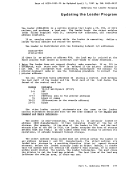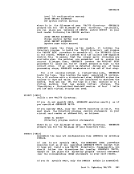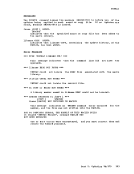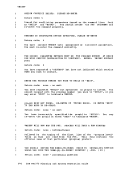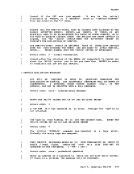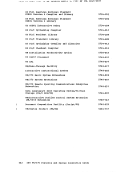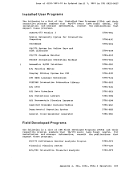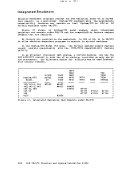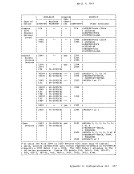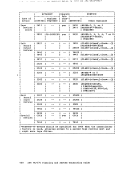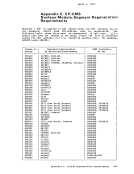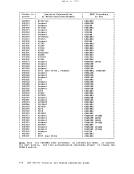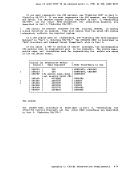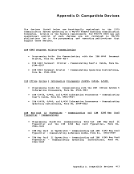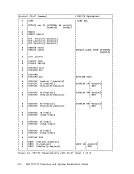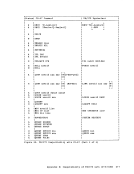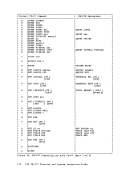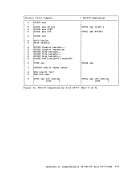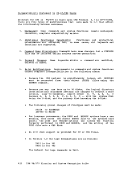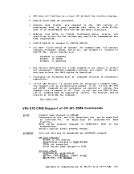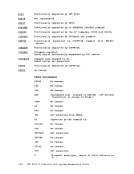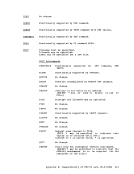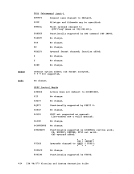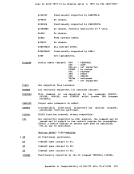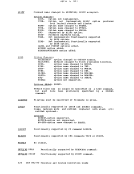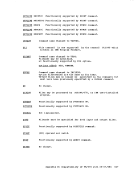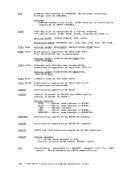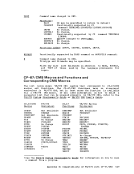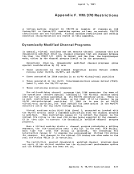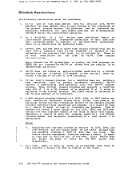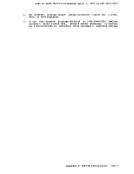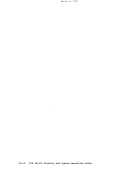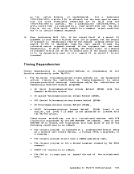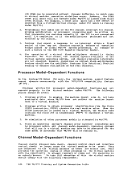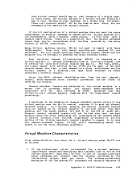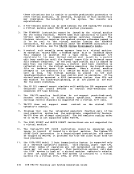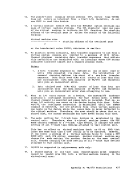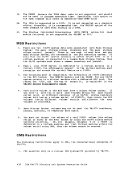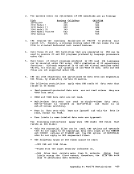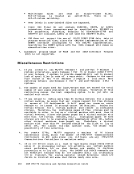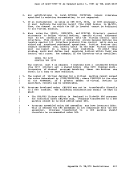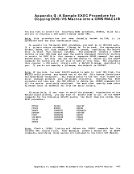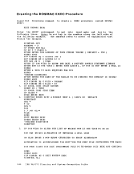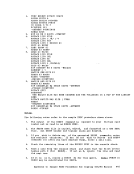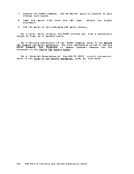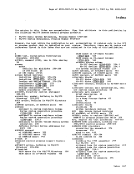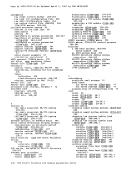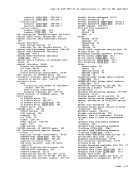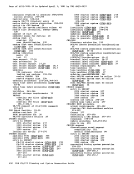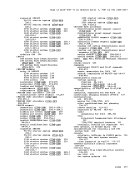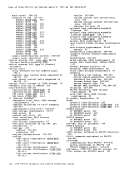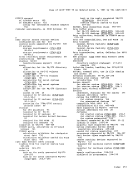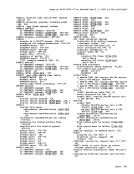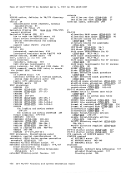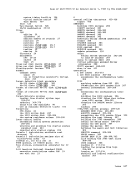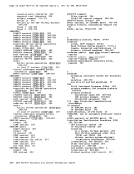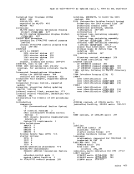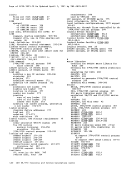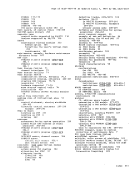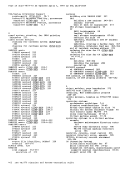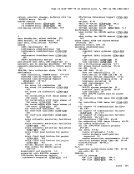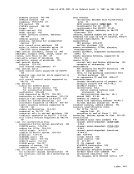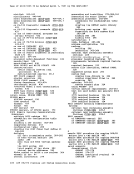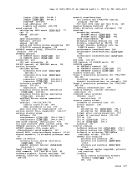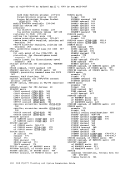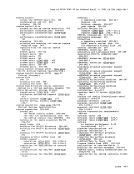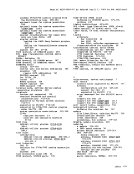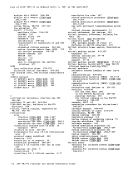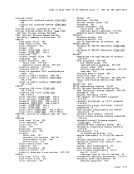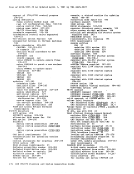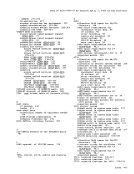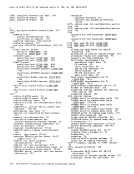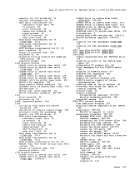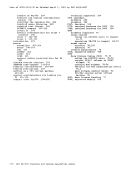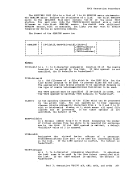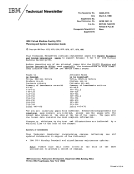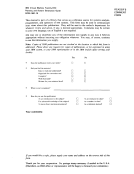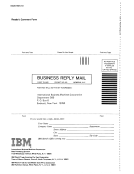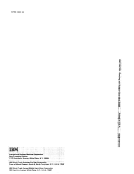Apr ill, 198 1 NAMESYS Macro Coding the NAMESYS Macro
TheNAMESYS macro describes the name and location of the saved system or
discontiguous saved segment.Shared segments may be specified, but they
must consist of reenterable code, with no alteration of its storage
space per m it ted.
The format of theNAMESYS macro is:
label
labelNAMESYS SYSSIZE=nnnK,SYSNAME=name,(VSYSRES=cccccc,] VSYSAtR=[CUU ],SYSVOL=CCCCCC,[SYSCYL=nnn,] IGNORE SYSSTRT=(cc,p) ,rSYSPGCT=pppp,] SYSPGNM=(nn,nn,nn-nn, ••• ), S Y S H R S G= (s , s , ••• ) , SYSSIZE=nnnK is up to 3 decimal digits representing the minimum amount of
storage you must have available in order toIPL the saved
system. K must be specified. Although you must code this
operand for discontiguous saved segments, it is not used for
them.SYSNAME=name is the name (up to
system or segment to
and/orIPL commands.
could be interpreted
example, A or E).VSYSRES=cccccc 8 alphameric characters) given to the
be used for identification by theSAVESYS The name selected must not be one that
as a hexadecimal device address (for
is the real volume serial number (up to 6 alphameric
characters) of theDASD volume containing the minidisk that is
the system residence volume of the system to be saved. This
operand is ignored ifVSYSADR=IGNORE, but you must specify it
as null(VSYSRES=,). VSYSADR=cuu is the virtual address of the minidisk that is the system
residence volume of the system to be saved.VSYSADR=IGNORE indicates that the NAMESYS macro is describing a system or
segment that does not require a virtual system residence
volume.Code VSYSADR=IGNORE when you are defining a
discontiguous saved segment.SYSVOL=cccccc is the volume serial number (up to 6 alphameric characters) of
theDASD volume designated to receive the saved system or
segment. This must be aCP-owned volume. 220 IBM VM/370 Planning and System Generation Guide
The
discontiguous saved segment.
must consist of reenterable code, with no alteration of its storage
space per m it ted.
The format of the
label
label
storage you must have available in order to
system. K must be specified. Although you must code this
operand for discontiguous saved segments, it is not used for
them.
system or segment to
and/or
could be interpreted
example, A or E).
be used for identification by the
as a hexadecimal device address (for
is the real volume serial number (up to 6 alphameric
characters) of the
the system residence volume of the system to be saved. This
operand is ignored if
as null
residence volume of the system to be saved.
segment that does not require a virtual system residence
volume.
discontiguous saved segment.
the
segment. This must be a





















































































































































































































































































































































































































